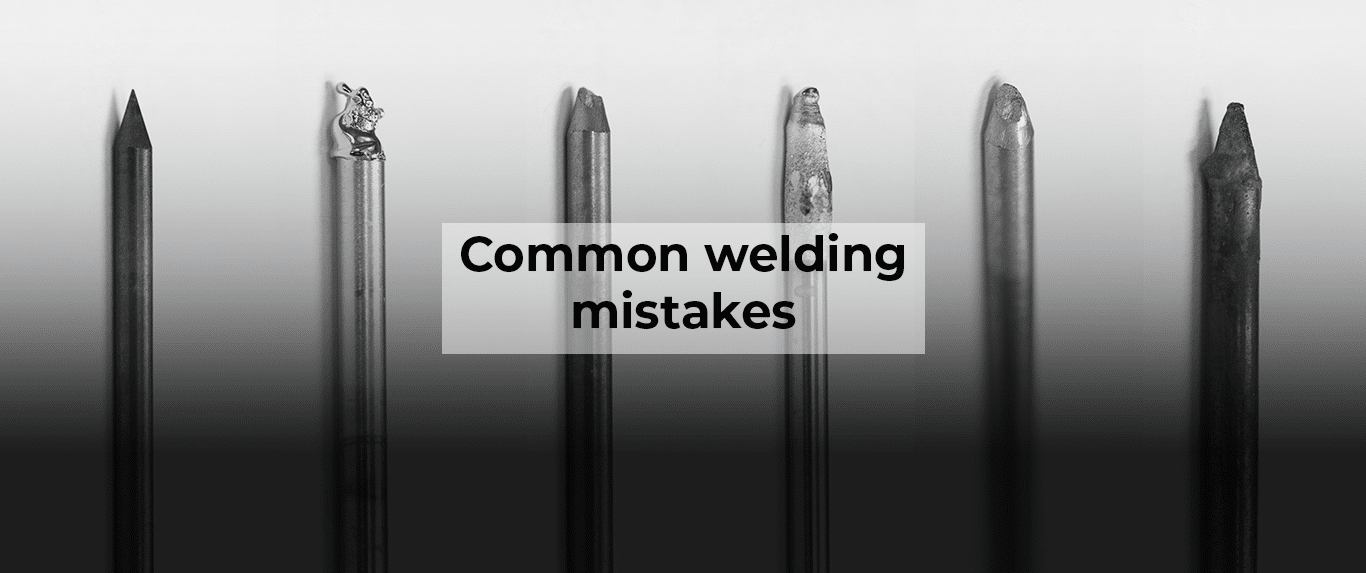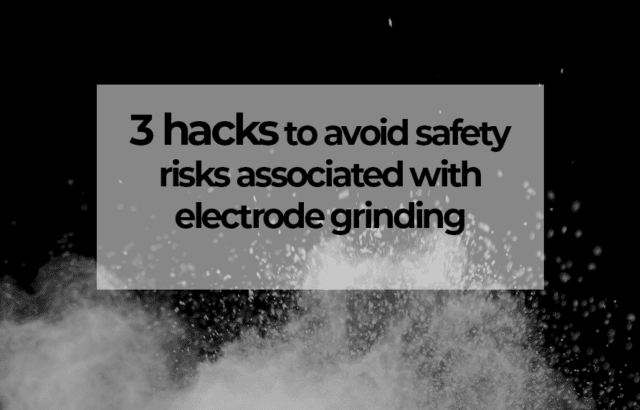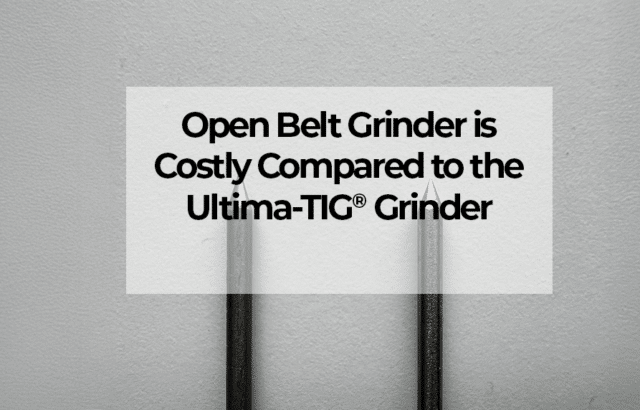Every TIG welder has been there—you’re in the middle of a job, and suddenly, your electrode gets contaminated or worn out. Maybe you accidentally dipped it into the weld pool, your gas afterflow was too short, or your settings caused excessive wear.
The question is: How do you fix it properly without wasting material?
Common Issues That Lead to Electrode Damage
- Empty or closed shielding gas – Exposes the electrode to oxidation.
- Dipping the electrode into the weld pool – Causes contamination and disrupts the arc.
- Gas afterflow time too short – Leads to oxidation and rapid wear.
- Contamination from filler material – Alters arc behavior and reduces weld quality.
- Overloaded or incorrect settings – Causes overheating and faster degradation.
Why a Bench Grinder is NOT the Best Solution
Many welders try to fix the problem by using a bench grinder or open belt grinder, but these methods:
❌ Remove too much Tungsten, shortening electrode life
❌ Create inconsistent tips, leading to unstable arcs
❌ Produce dust and particles, which are unsafe to inhale
The Best Way to Restore Your Electrode
Step 1: If the tip is badly damaged, cut off the contaminated portion with the Ultima-TIG®-Cut for a clean, precise edge.
Step 2: Regrind the electrode using the Ultima-TIG® Tungsten Grinder, ensuring:
✔ Minimal material loss – Extend electrode life and reduce waste
✔ Uniform and precise tips – Achieve stable and consistent weld quality
✔ Safe grinding – No harmful dust exposure
With the Ultima-TIG® system, you can efficiently restore your electrode with minimal waste, ensuring a perfect tip every time.
📽️ Watch our video to see it in action!





